7 best plants to prevent soil erosion in your yard
Here are the best plants to control soil erosion in your yard
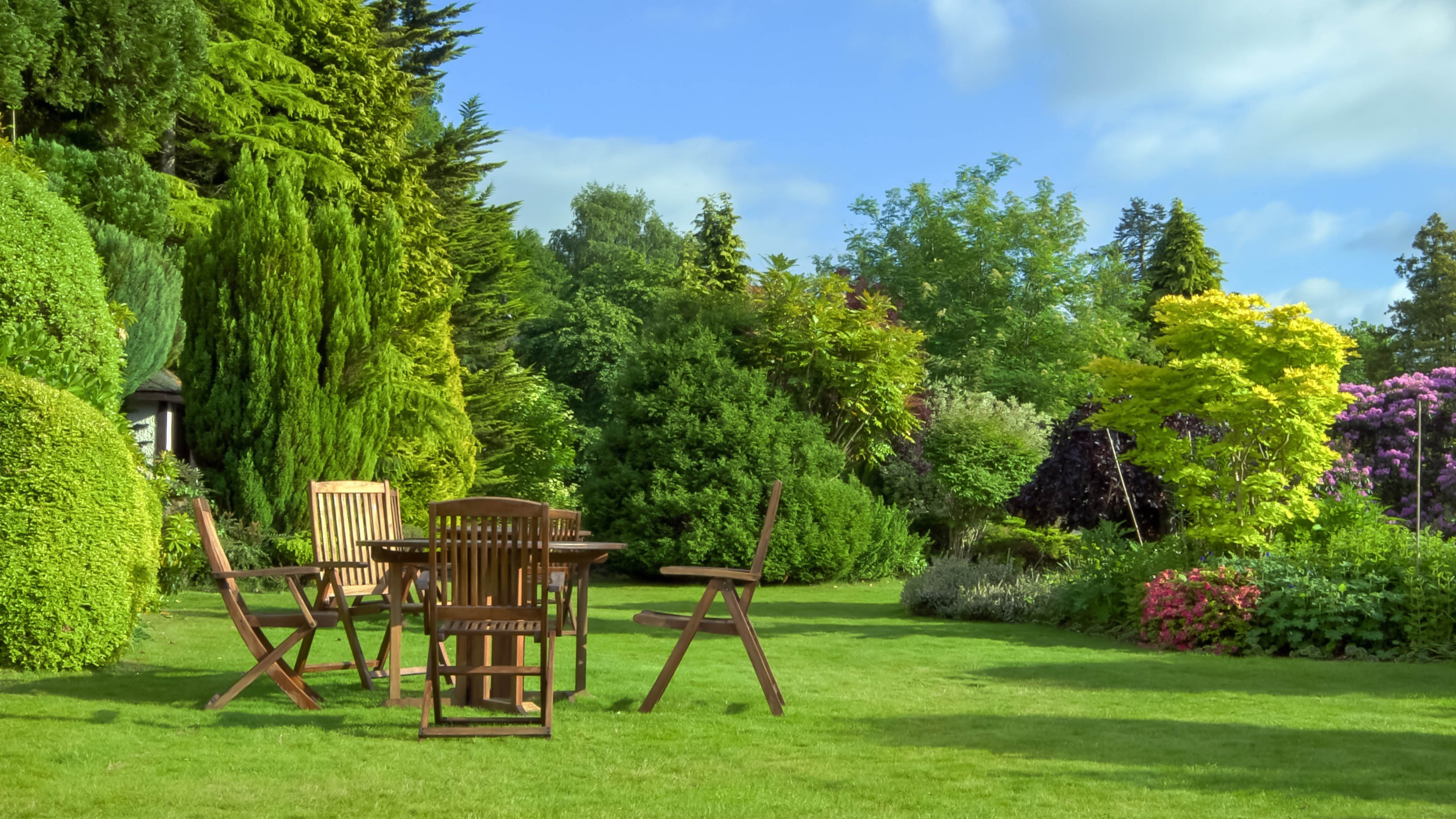
You might think that soil erosion is a major problem for farmers and their crops, but this is also becoming a common landscaping issue for our yards.
Essentially, erosion is a natural process when wind, rain or floodwater washes over unprotected ground, removing soil particles. In our yards, this usually affects the topsoil — which is the healthiest and most nutrient-rich soil to grow with. And if you’re growing flowers or vegetables, soil erosion can be the key thing that could ruin your plants and prevent them from thriving. Also, a lack of topsoil due to erosion means that there is less soil for plant roots to hold onto, resulting in fewer or weaker plans.
Luckily, there are certain plants that can prevent soil erosion in your yard. These best plants are suited for their drought-tolerant qualities, and extensive fibrous roots. This means their large foliage or ground cover can absorb some of the heavy rainfall, and slow down the effects of erosion. Typically, these include certain ground cover plants or shrubs that are not only practical, but can add color and beauty to your yard.
Bear in mind, this will also depend on your location, and so it’s worth checking the USDA plant hardiness zone map to determine whether these are suited to your area. In any case, these 7 best plants to prevent soil erosion in your yard will bring it back to life again. Plus, here are 7 flood-tolerant plants to protect your yard from heavy rain.
1. Creeping Juniper
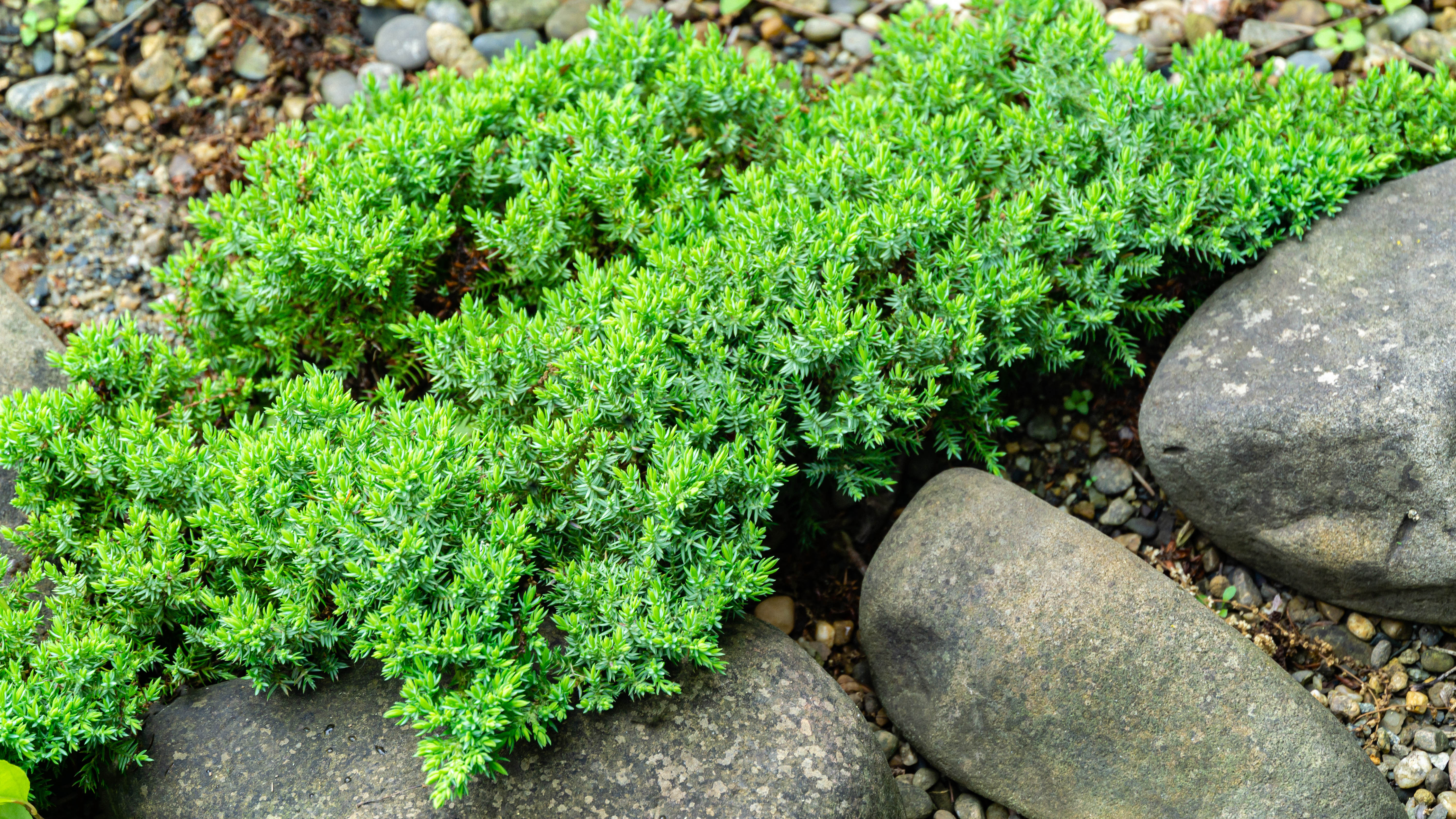
This low-growing, evergreen shrub is often used as a ground cover, and thrives on poor conditions. Known for its distinct plume-like branches that extend horizontally, the foliage is striking with a blue-green tint in warmer months, and a plum-colored tint in winter. These will send out nets of roots that will help to hold topsoil in place, and control soil erosion.
Creeping Juniper tends to thrive well in clay, compacted, and sandy soils where grass refuses to grow, which makes it hardy for any soil condition. These also adapt to hot, dry and poor soil fertility, and are generally low-maintenance. More importantly, these are drought-tolerant, making these the ideal plants to prevent soil erosion. Plus, it will add a lush feature to your yard.
2. Periwinkle
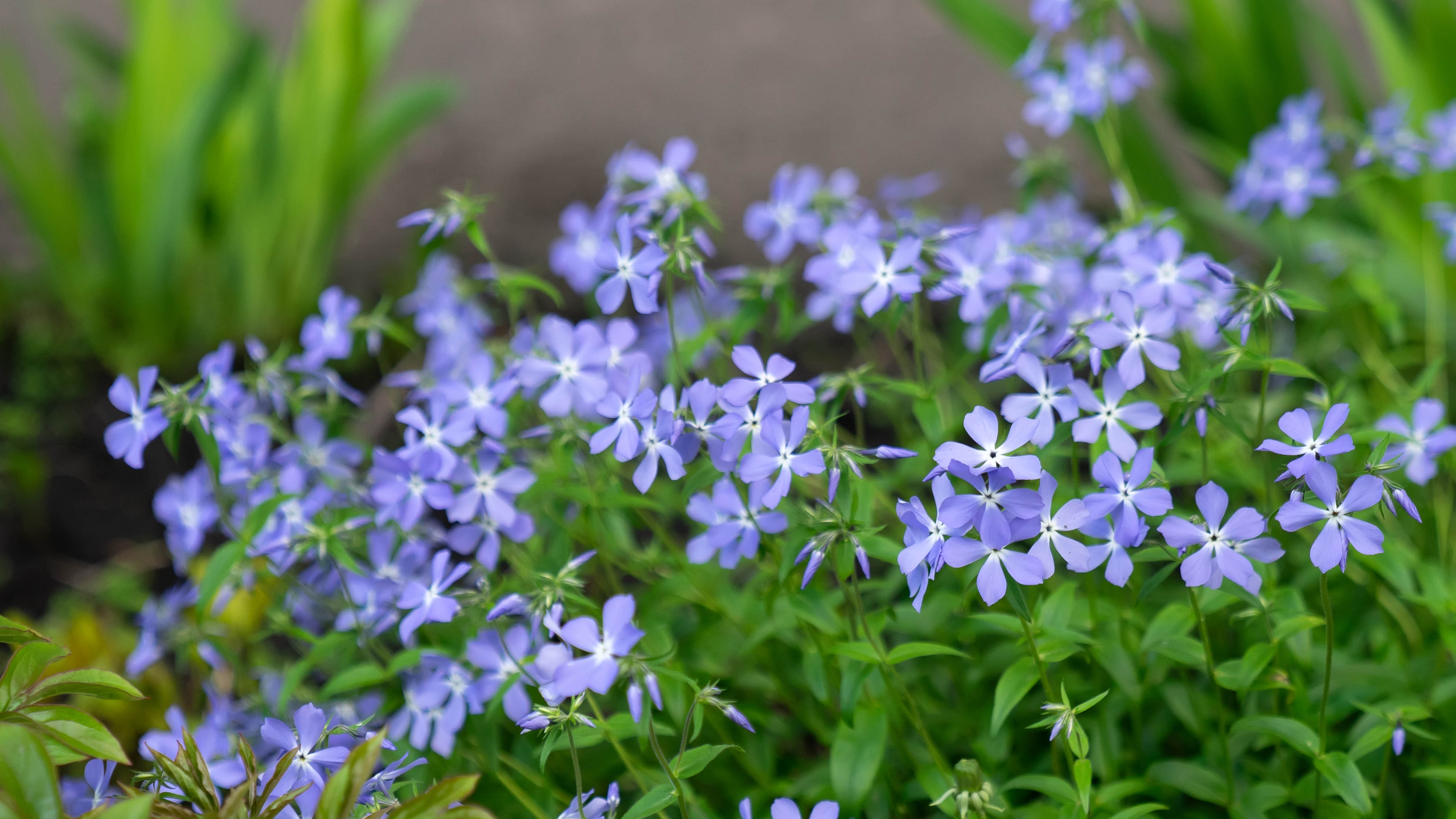
Periwinkle, known as Vinca Minor, is another ground cover plant known to be excellent for erosion control. With their pretty blue and lilac flowers, there are more than 30 varieties of this wide-spreading plant. In fact, one small plant can spread to a large 8 feet (2 m.) across, providing decent protection against the elements.
Sign up to get the BEST of Tom's Guide direct to your inbox.
Get instant access to breaking news, the hottest reviews, great deals and helpful tips.
Typically, these are drought-resistant and often seen growing on steep hillsides and banks, offering a green and attractive landscape. The periwinkle plants grow best in partially shaded areas, and acidic soil conditions, and will even eliminate the growth of unsightly weeds.
Before planting, just be sure that you want periwinkle established in a particular area, as it is invasive and difficult to remove. You might also want to avoid placing it near other plants in the flower bed or garden, as it might quickly overtake them.
3. Catmint
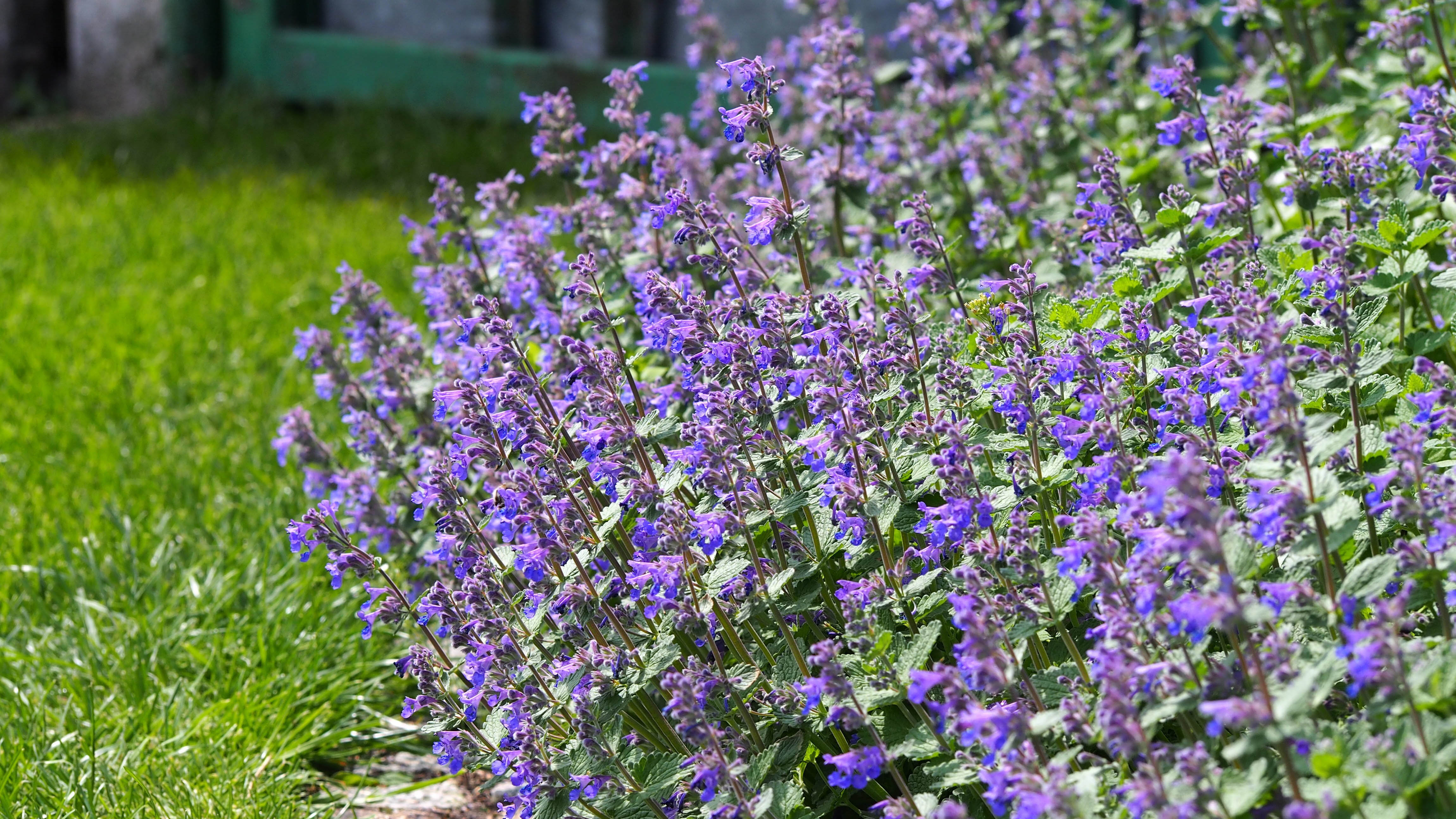
This popular plant has many uses as an ornamental plant, including folk medicine. However, catmint is exceptional for preventing soil erosion. This is mainly for its drought-tolerant properties, and ability to thrive in poor soil conditions.
Typically, catmint grows rapidly and spreads widely — making it the ideal ground cover plant for protecting soil. Plus, with its vibrant purple flowers, it will add much color and feature to your yard.
What’s more, the fragrant leaves of catmint acts as a great deterrent for pests ruining your yard such as cats . So it’s a win-win!
4. Honeysuckle
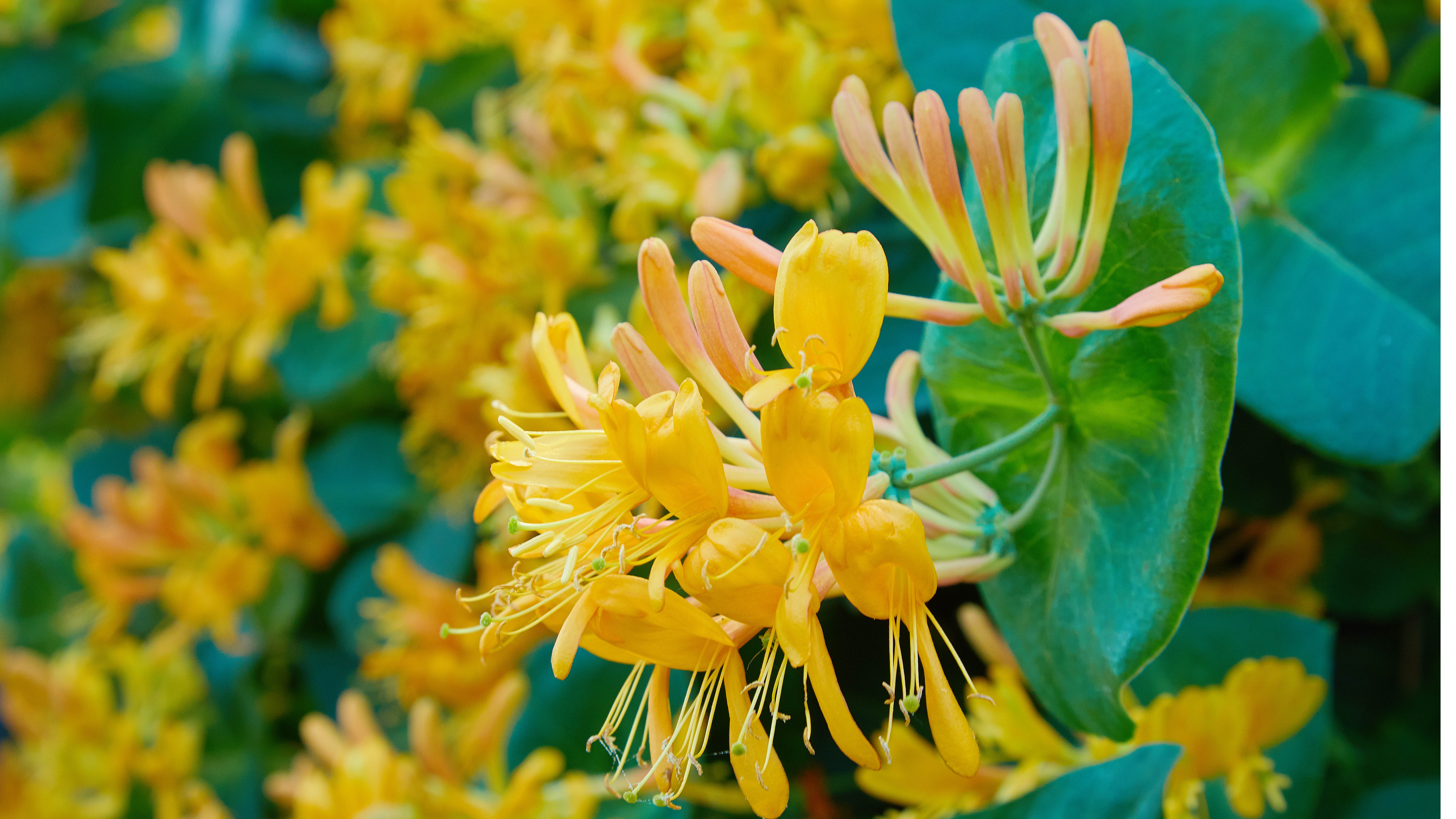
With its sweet-sounding name, honeysuckle is a hardy plant with a lot of surface cover. This species originates in woodland, and both the shrub-like and climbing honeysuckle grow best in partially shaded areas or only sun.
Thanks to its deep root system to help keep the soil in place, this makes it the ideal plant for preventing soil erosion. Generally, honeysuckle can tolerate a lot of soil types, and thrives in moist, yet well-drained soil. As the name suggests, its vine produces sweet nectar which will attract bees and other pollinators, thus keeping your soil healthy.
5. Russian Sage
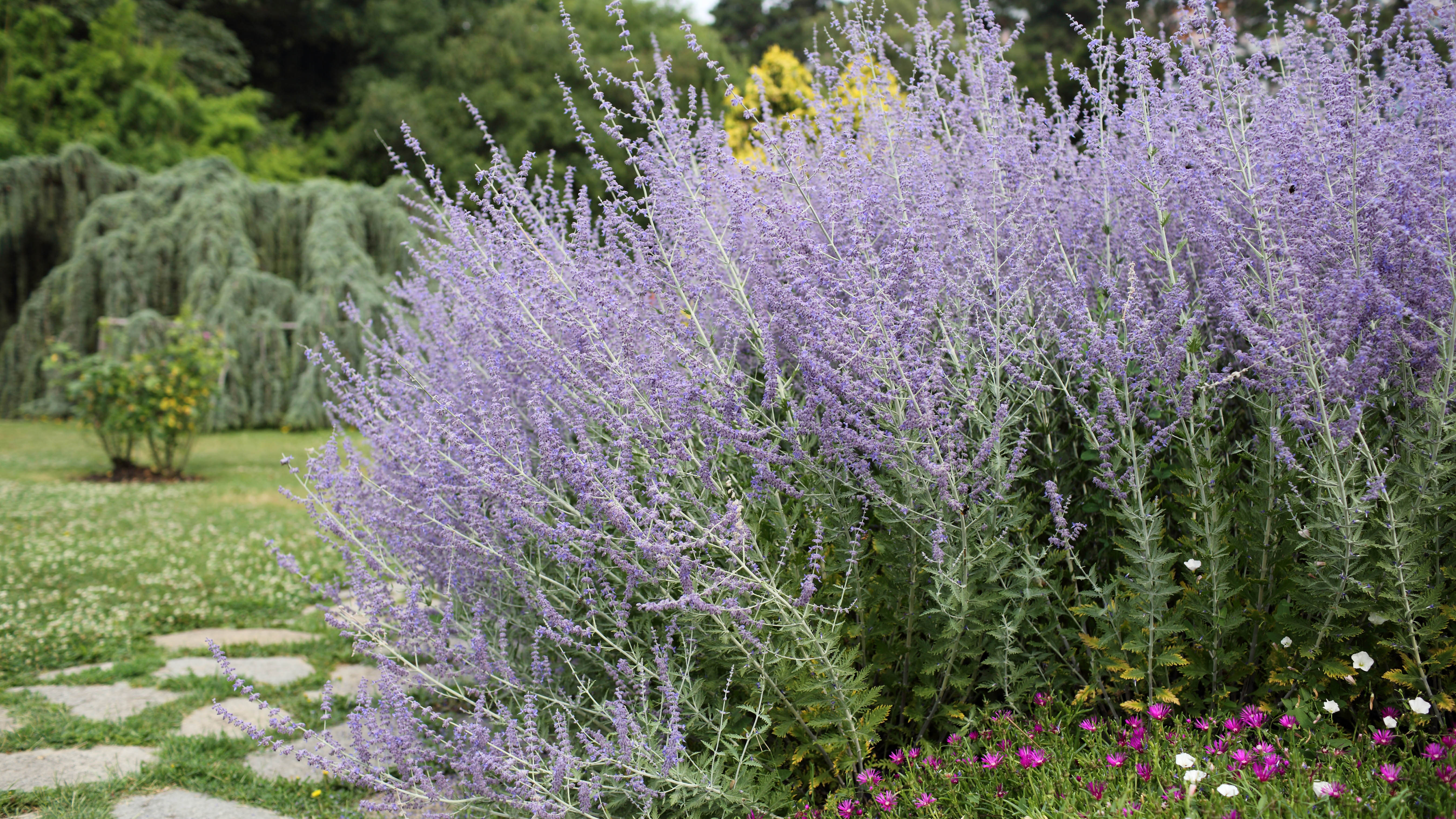
Russian Sage is another drought-tolerant plant that is effective at preventing soil erosion. Its deep root system will hold soil in place, and it also tolerates clay and average soil conditions that are not fertile.
With its striking blue flowers and sturdy stems, the Russian Sage can grow as high as 4 feet tall, and will attract bees and butterflies to your yard. Which will make your yard even more pleasant to enjoy! Russian Sage also works well in dry or gravel gardens.
6. Japanese Spurge
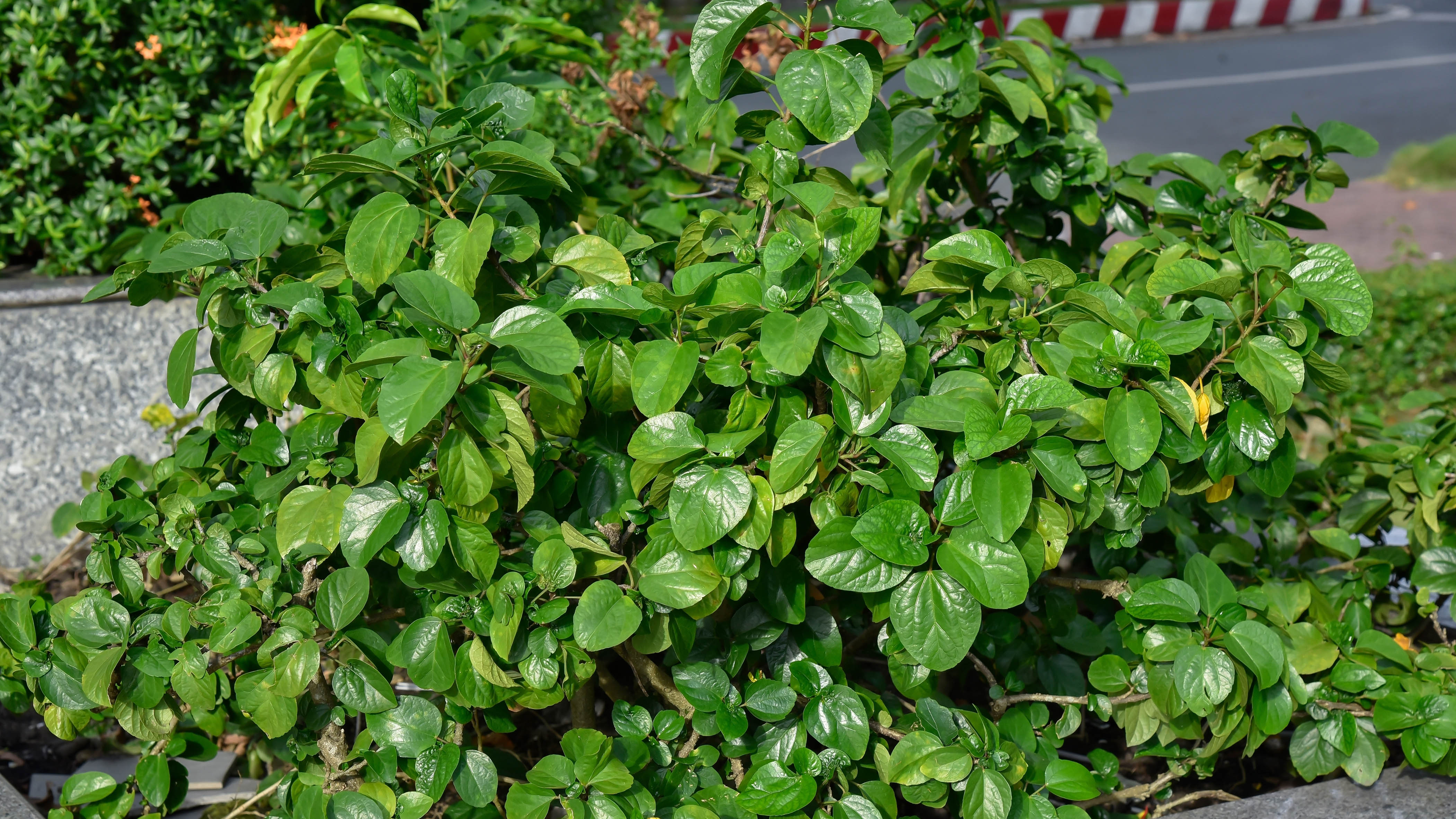
With its glossy, broad leaves, Japanese Spurge is considered an evergreen, that is great for controlling soil erosion on slopes and woodland gardens. Typically, it spreads rapidly underneath trees, forming large colonies. However, they won’t grow upwards — usually staying under 10 inches tall.
It’s also a hardy plant, and well-suited to city gardens, being able to tolerate urban pollution. Although it’s appearance is mainly green foliage, it does grow subtle creamy white flowers in early summer.
7. Forsythia (weeping form)
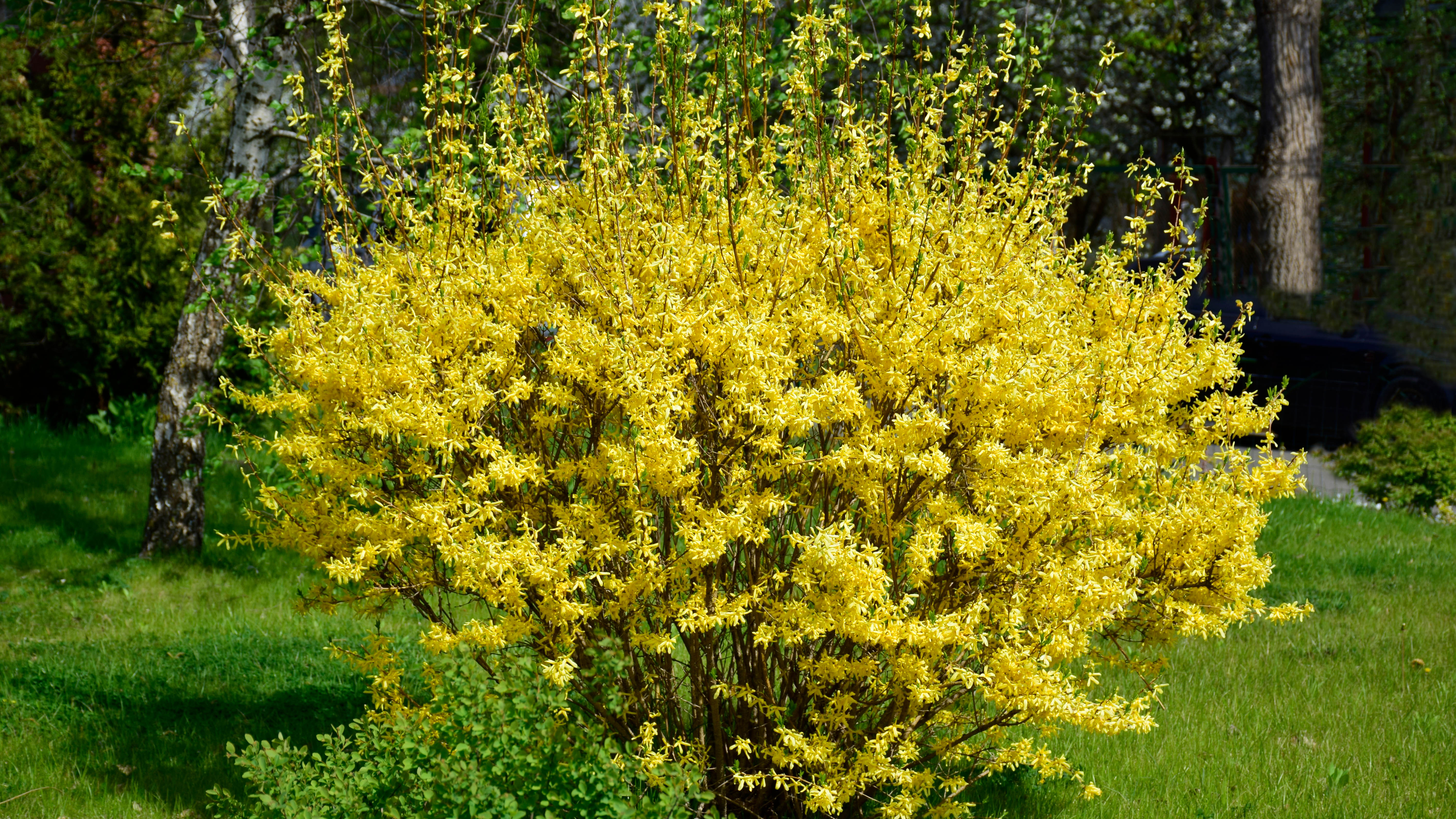
The weeping form of Forsythia is a taller shrub that is ideal for preventing soil erosion on slopes.
Similar to most shrubs, the Forsythia will send down roots to hold the soil in place. The weeping varieties actually plant roots where their branches touch the soil, thus acting as ground covers. With its warm yellow flowers, the Forsythia is a fast-growing plant and can grow up to 10 feet tall once established.
Forsythia is generally low-maintenance, and can tolerate poor soil conditions. It’s even known to be salt-tolerant which is ideal for areas near the ocean. This makes it an excellent option for preventing soil erosion in your yard.
Other tips to prevent soil erosion
Alongside certain plants, there are a few other ways to prevent soil erosion
- Relocate your plants, shrubs, or trees that are on slopes or unprotected soil, and place them on either the flattest parts of your yard or within some shelter.
- Dig shallow trenches to divert excess water. This will prevent the water from essentially drowning your plants or vegetation, as well as a waterlogged lawn.
- Similarly, use logs or large rocks to divert excess water away from your yard and plants.
More from Tom's Guide

As the Homes Content Editor, Cynthia Lawrence covers all things homes, interior decorating, and garden-related. She has a wealth of editorial experience testing the latest, ‘must-have’ home appliances, writing buying guides and the handy ‘how to’ features.
Her work has been published in various titles including, T3, Top Ten Reviews, Ideal Home, Real Homes, Livingetc. and House Beautiful, amongst many.
With a rather unhealthy obsession for all things homes and interiors, she also has an interior design blog for style inspiration and savvy storage solutions (get rid of that clutter!). When she’s not testing cool products, she’ll be searching online for more decor ideas to spruce up her family home or looking for a great bargain!
